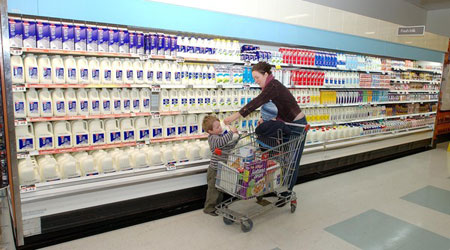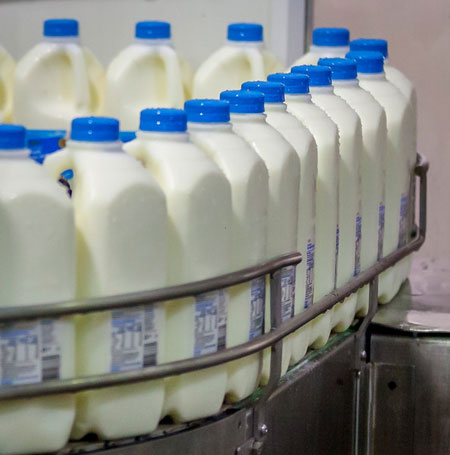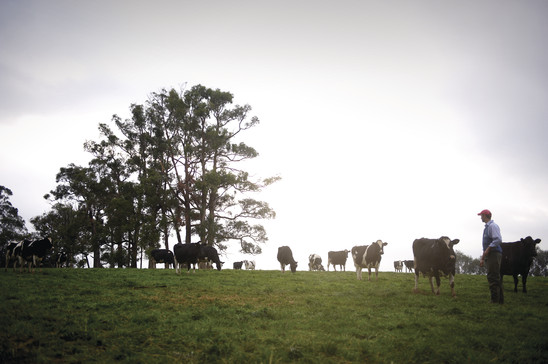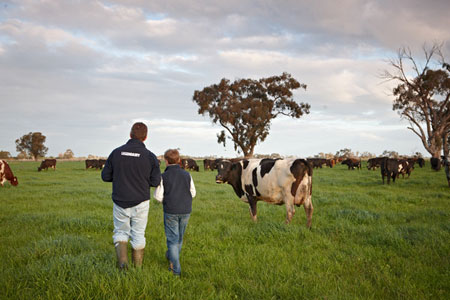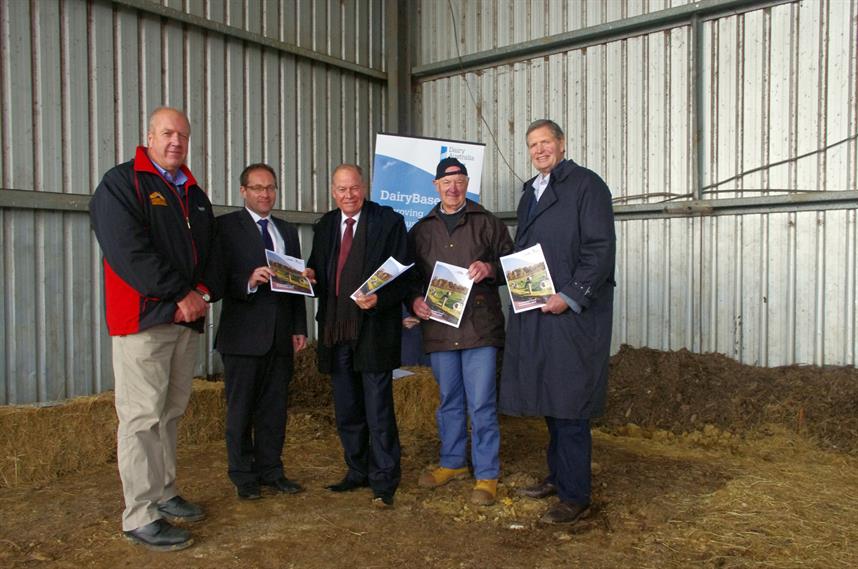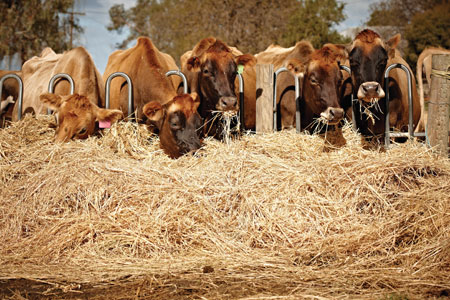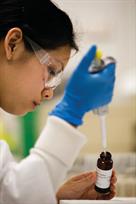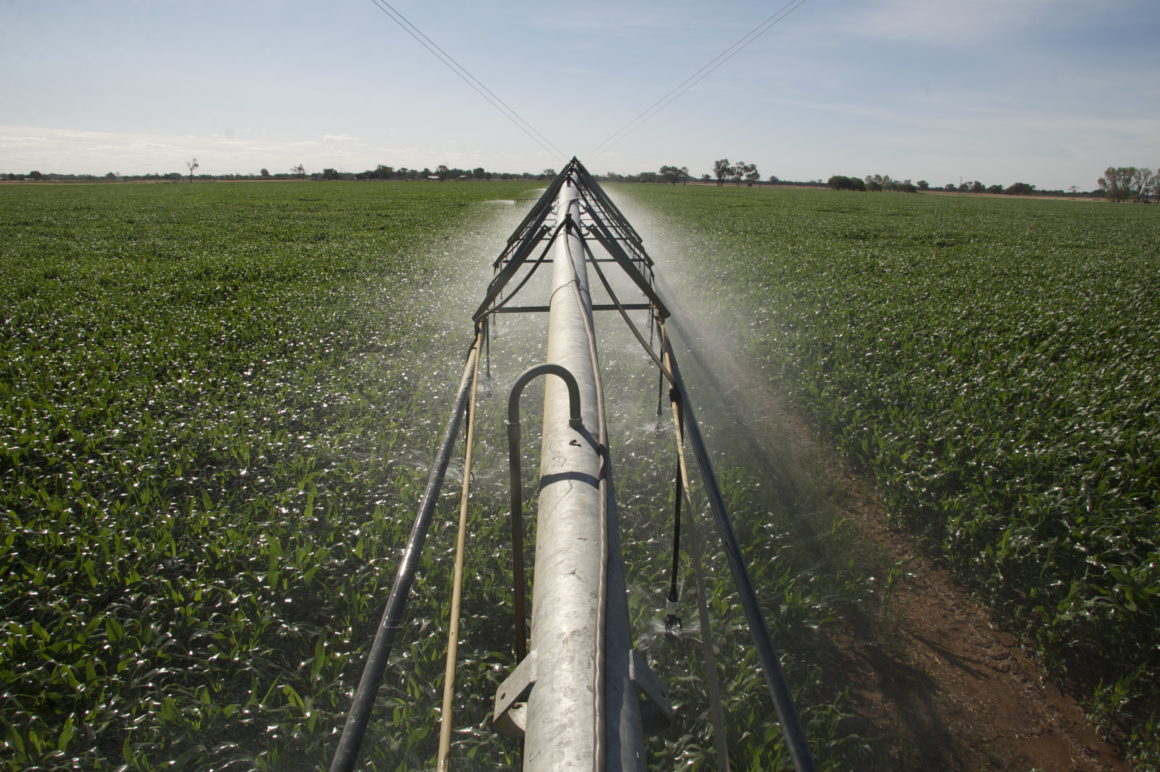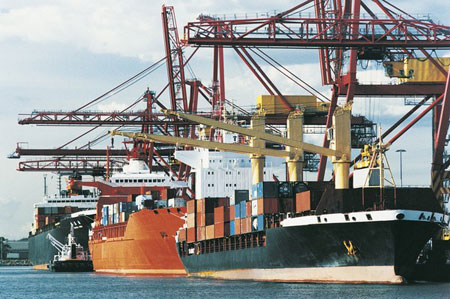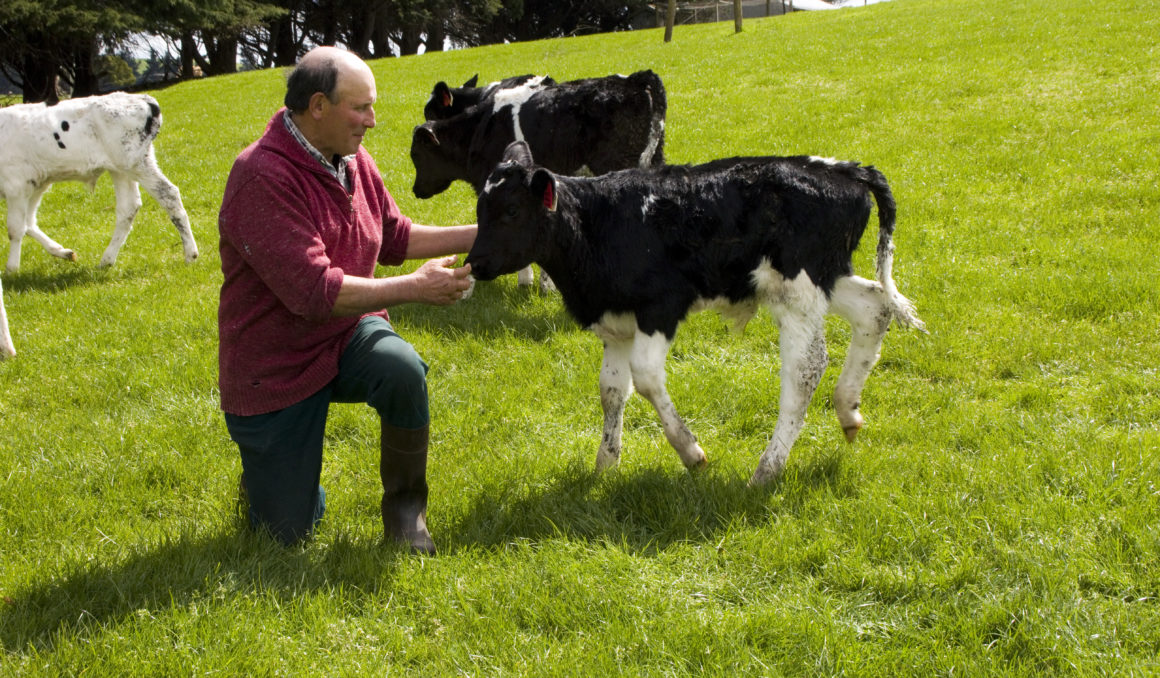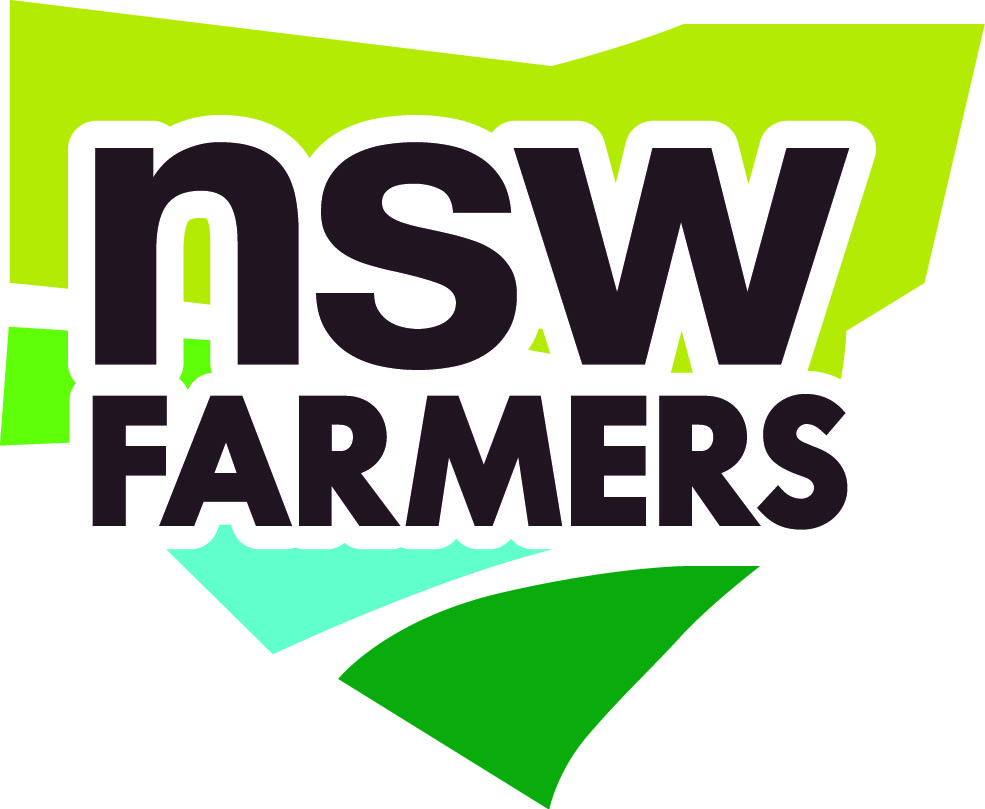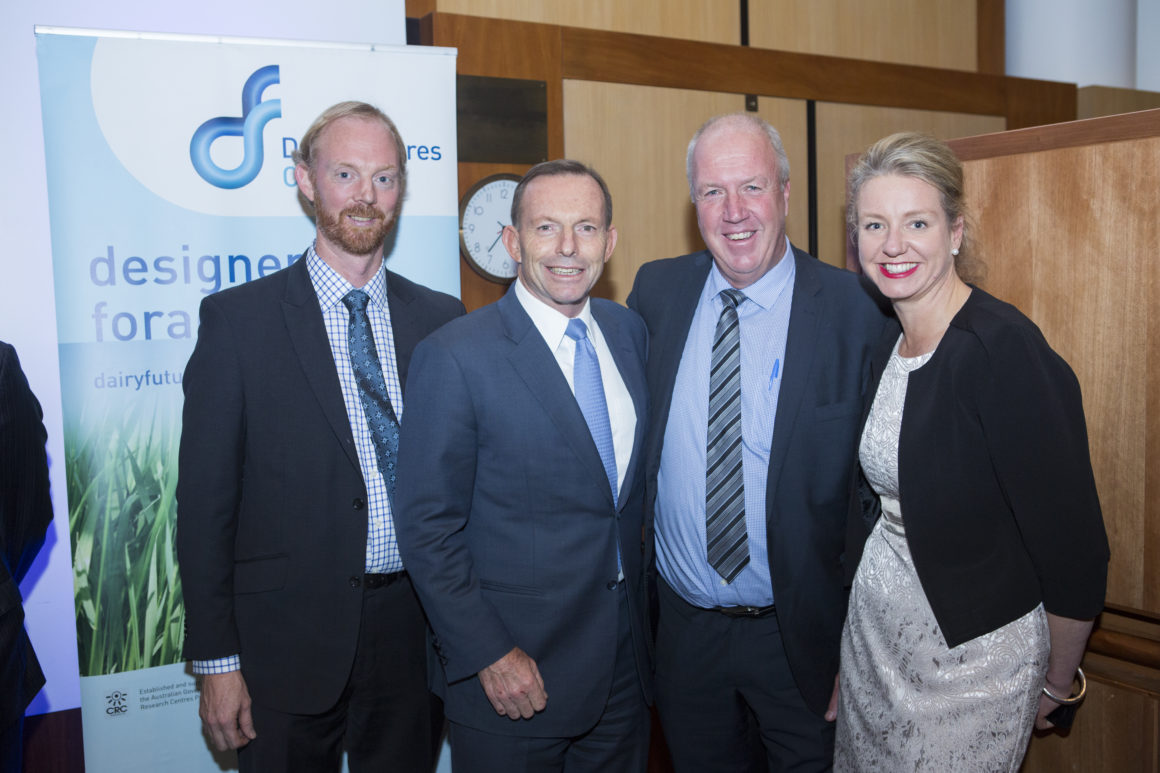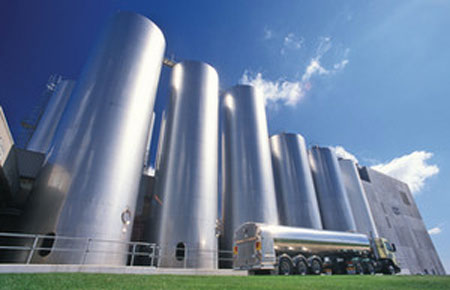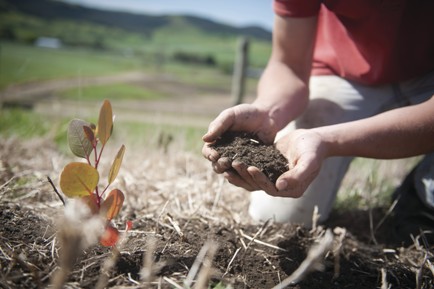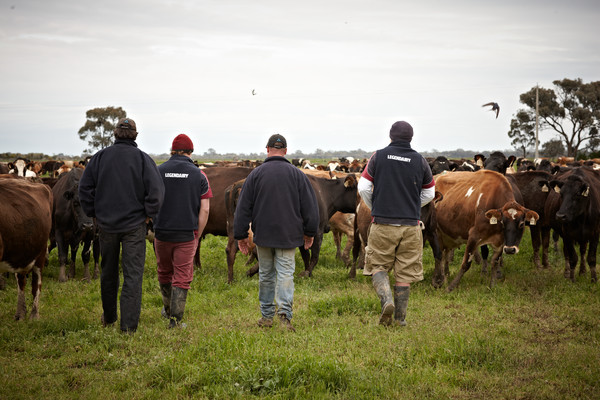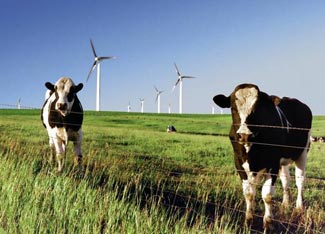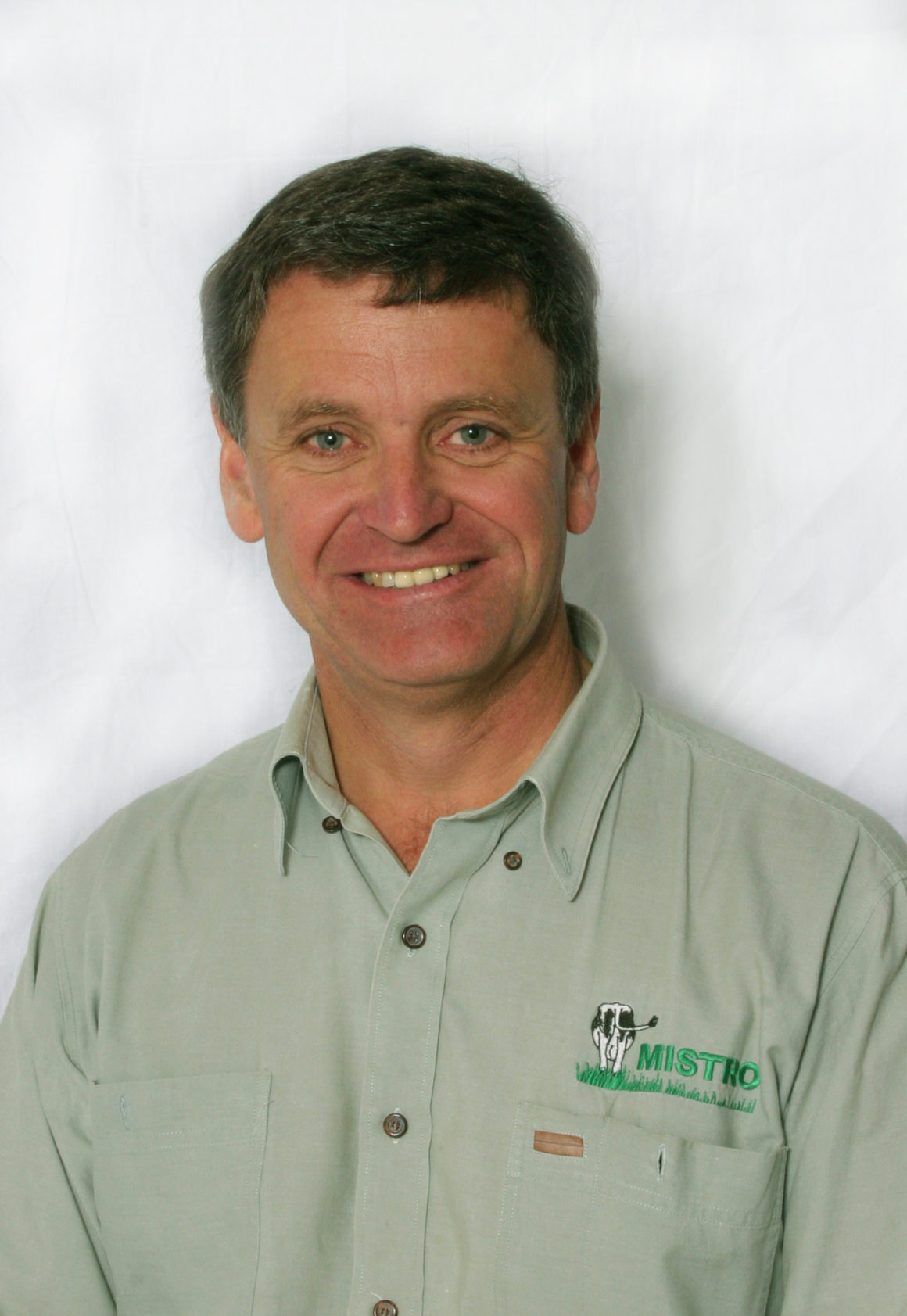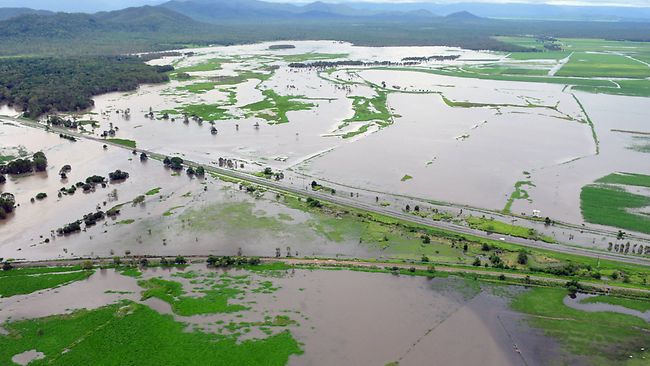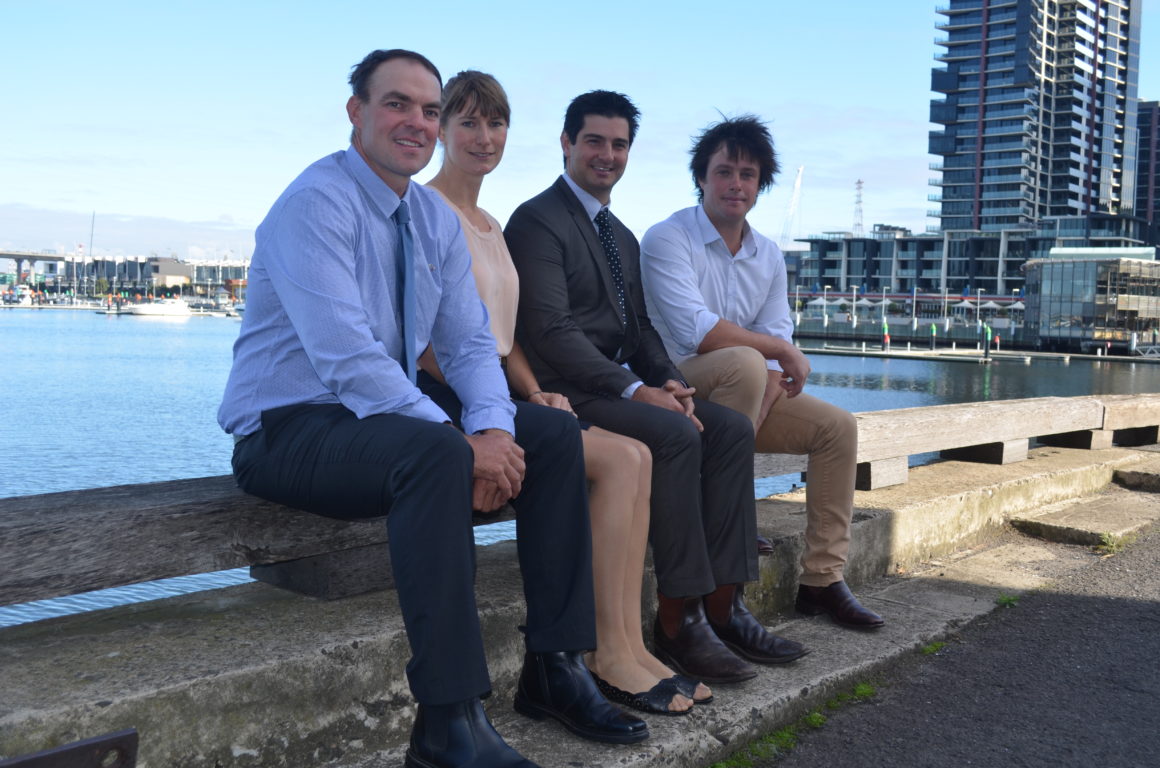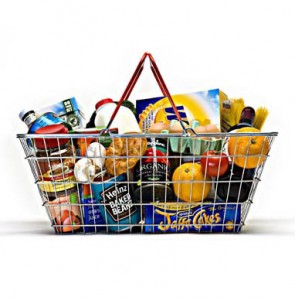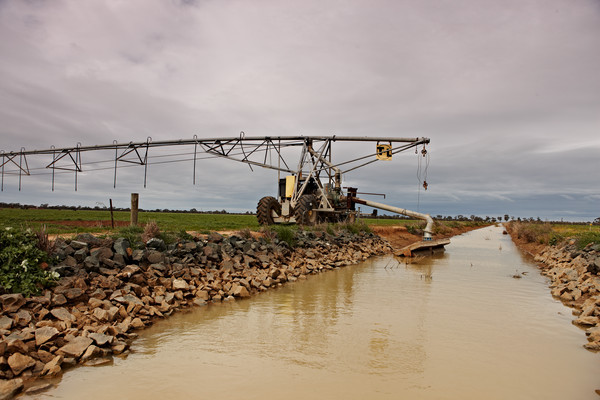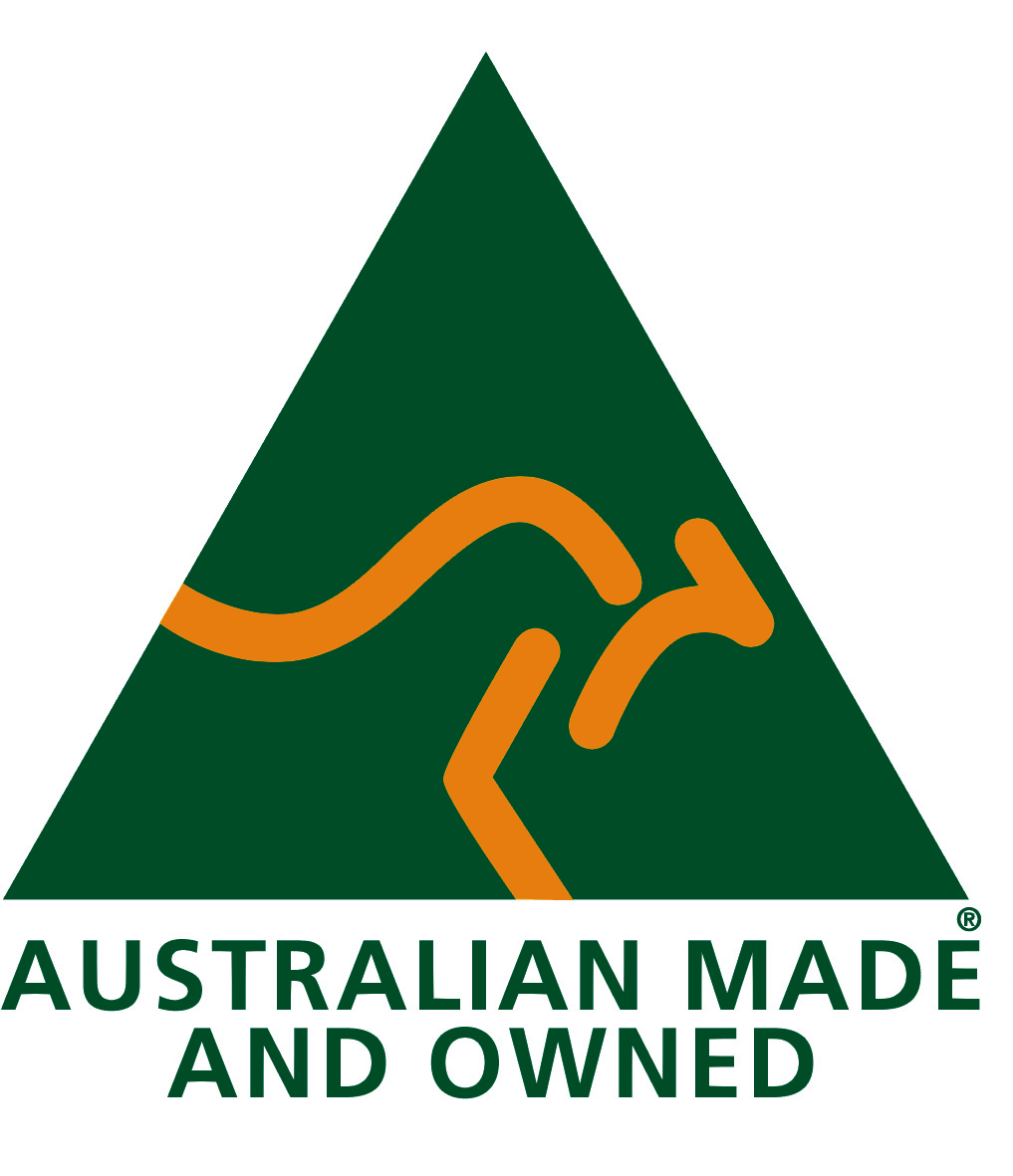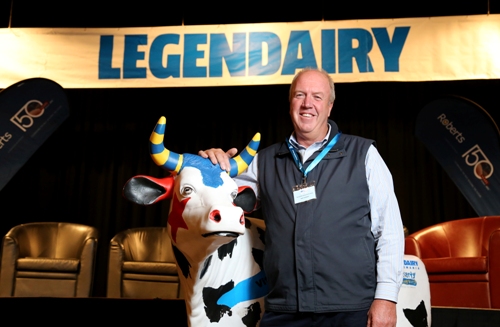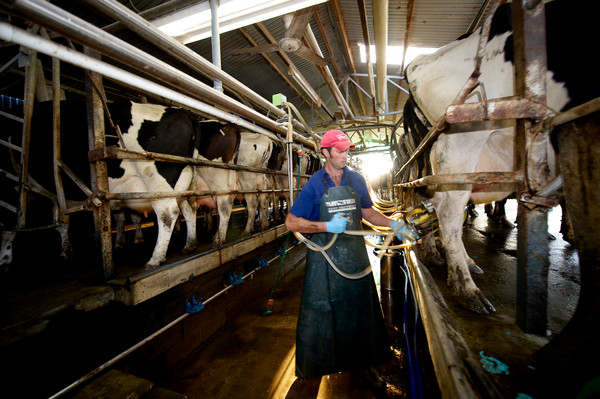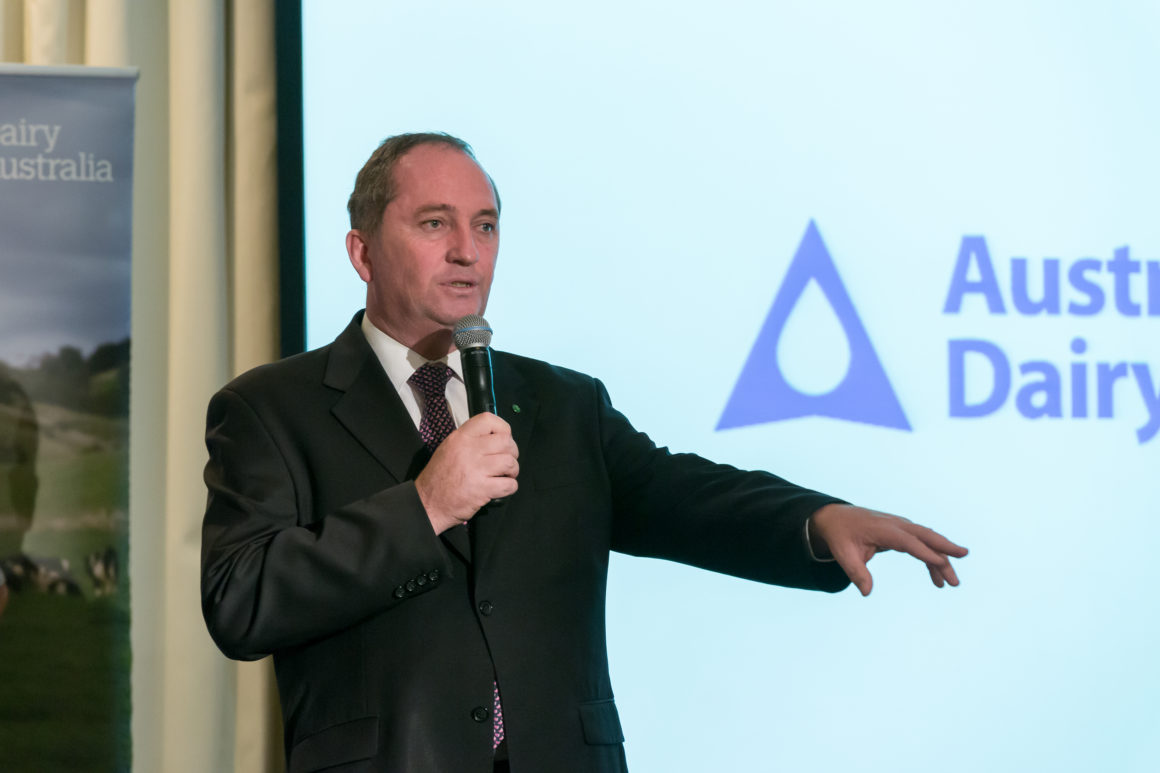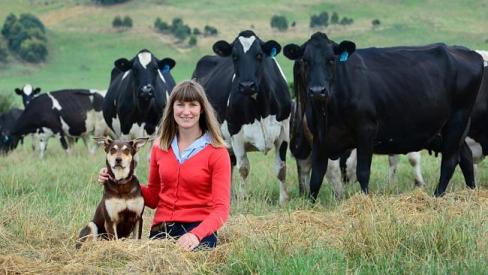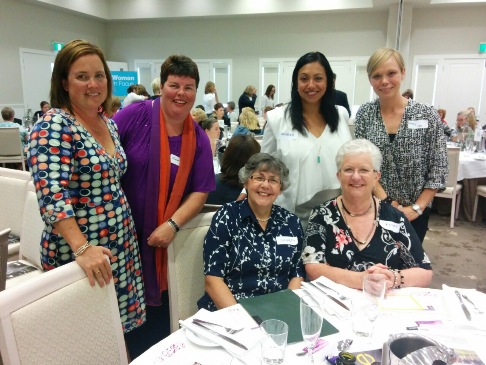Over the past four years, competition policy has been the focus of a Government overhaul, with the intention of preventing situations such as the $1 per
litre milk campaign – a damaging state of affairs for dairy farmers which highlighted the significant imbalance of market power between retailers and
suppliers in the grocery supply chain.
This year, there have been significant developments with Australian Dairy Farmers (ADF) welcoming the announcement of the Competition and Consumer (Industry
Codes – Food and Grocery) Regulation 2015 on 2 March 2015, as a constructive first step toward addressing the imbalance of market power between retailers
and suppliers.
Further to this, the Australian Government has sought to overhaul competition law and policy in Australia with the introduction of the independent Harper
Review of Competition Policy.
The clear intent of the major retailers’ strategy is to extract as much value as possible from the supply chain with consequent pressure on those at the
start of the chain, namely farmers. They are also seeking to increase their own market share to the detriment of competitors and to increase the share
of home brand products in store.
Given this it is important that the Australian Competition and Consumer Commission (ACCC) has the ability to examine the impact of such strategies in the
longer term, with particular emphasis on the impact on consumer choice, farmer viability, the supply chain and future prices. It should also be noted
that ADF is of the firm opinion that the ACCC must take a longer term view of market issues than it currently does on all issues and in all its investigations.
It must not only look at the impact of issues on the current market but examine potential future impacts – this is particularly the case for misuse of
market power issues. The former Section 49 of the Competition and Consumer Act included an ‘effects’ test – does the conduct in question have the effect
or the likely effect of bringing about a substantial lessening of competition? The key term here is substantial lessening of competition – how can
any reasonable person or organisation complain about this?
It is in line with other current competition in Australia and around the world. The Government must not let self-interested large companies with excessive
market share dictate to consumers, farmers and the Government.
ADF strongly supports the Harper Review’s recommendations for any updated competition and consumer law to include an Effects Test and is advocating for
certainty that the legal process is able to provide integrity and transparency regarding the impact of retailer actions on suppliers. ADF is hopeful
that this will aid in preventing potentially damaging situations such as retailer predatory pricing in future.
Addressing the misuse of retailer market power is crucial in determining the Australian dairy industry’s future profitability and sustainability.
ADF supports the recommendations to increase the focus on dealing with the current imbalance of major retailer market power. Farmers need every opportunity
to improve their negotiating power for profitability and returns at the farm-gate to be achieved.
ADF looks forward to working with both sides of Parliament, to ensure the unequal distribution of market power is addressed for the benefit of the entire
food and grocery sector.

